Have you ever felt the cold shoulder from your feline friend? It can be heartbreaking when your cat, once your constant companion, suddenly seems distant and aloof. But fear not, because rebuilding a bond with your cat is not only possible but can also lead to an even stronger relationship. Imagine the joy of having your cat purr contentedly in your lap once again. Let’s explore how you can rekindle that special connection.
Understanding Why Cats Pull Away
Cats are complex creatures, and their behavior can often be puzzling. When a cat pulls away, it might be due to a variety of reasons. Changes in the environment, such as moving to a new home or the introduction of a new pet, can cause stress. Health issues might also be a factor, so it’s essential to rule out any medical problems. Sometimes, a cat may simply need some personal space. Understanding these reasons is the first step in mending your relationship.
Creating a Safe and Comfortable Environment
Cats are creatures of comfort, and creating a safe, cozy environment can encourage them to come closer. Ensure your cat has a quiet, comfortable place to retreat to, away from noise and chaos. This could be a comfy bed in a quiet corner or a perch by a sunny window. Providing a sense of security can help your cat feel more at ease and open to interaction.
Respecting Your Cat’s Personal Space
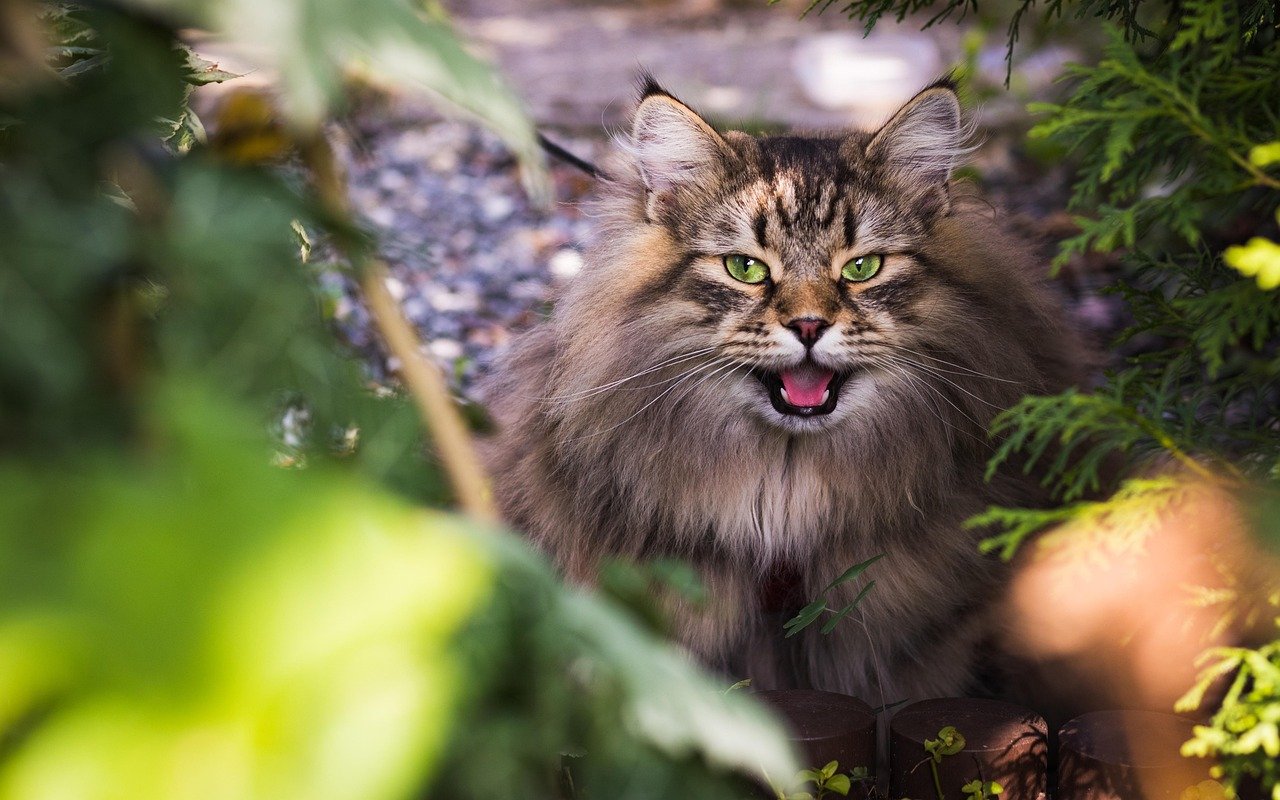
Just like people, cats have their own boundaries. Respecting your cat’s personal space is crucial in rebuilding trust. Avoid forcing interactions or holding your cat when they’re not in the mood. Allow your feline friend to come to you on their own terms. Patience is key, and in time, your cat will appreciate the respect you show for their personal space.
Using Positive Reinforcement

Positive reinforcement is a powerful tool in building a bond with your cat. Use treats, praise, and affection to reward your cat for positive interactions. If your cat approaches you or shows interest, reward them with a treat or gentle petting. Over time, your cat will associate you with positive experiences, encouraging more interaction.
Engaging in Interactive Play
Playtime is not only fun but also a great way to strengthen your bond. Cats love to chase and pounce, so engage them with toys like feather wands or laser pointers. Interactive play stimulates your cat’s instincts and provides an outlet for their energy. It also creates positive associations with you, enhancing your relationship.
Understanding Body Language
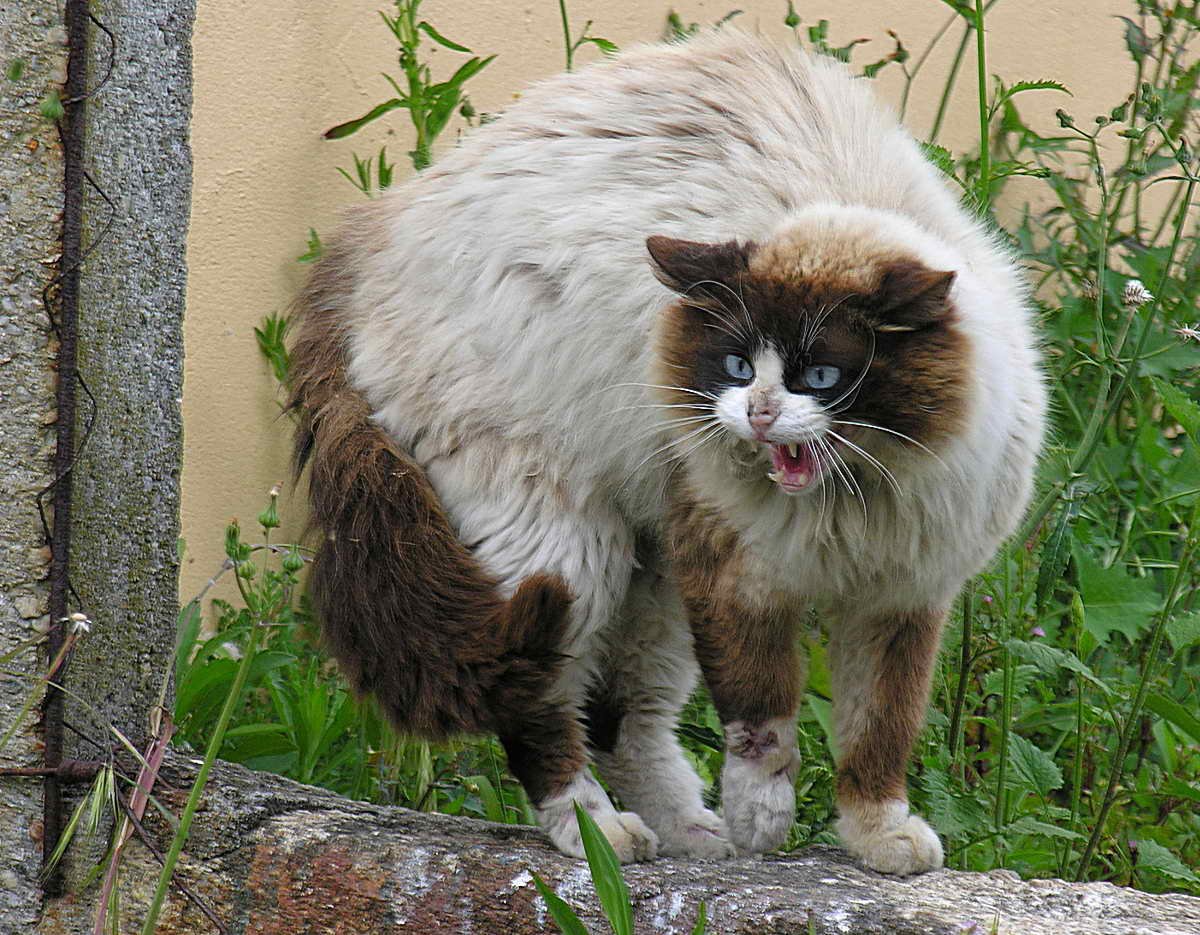
Cats communicate a lot through their body language. Understanding these signals can help you respond appropriately to your cat’s needs. A flicking tail or flattened ears might indicate irritation, while slow blinking is a sign of trust and affection. By learning to read your cat’s body language, you can interact with them in a way that makes them feel understood and respected.
Maintaining a Consistent Routine
Cats thrive on routine, and maintaining a consistent schedule can help reduce anxiety. Feed your cat at the same times each day and establish regular play and grooming sessions. A predictable routine provides a sense of security, which can encourage your cat to be more open and trusting.
Providing Mental Stimulation

A bored cat can become withdrawn or destructive. Providing mental stimulation through puzzle toys or interactive games can keep your cat engaged and happy. Rotate toys regularly to keep things fresh and interesting. A mentally stimulated cat is more likely to be affectionate and interactive.
Offering Gentle Grooming
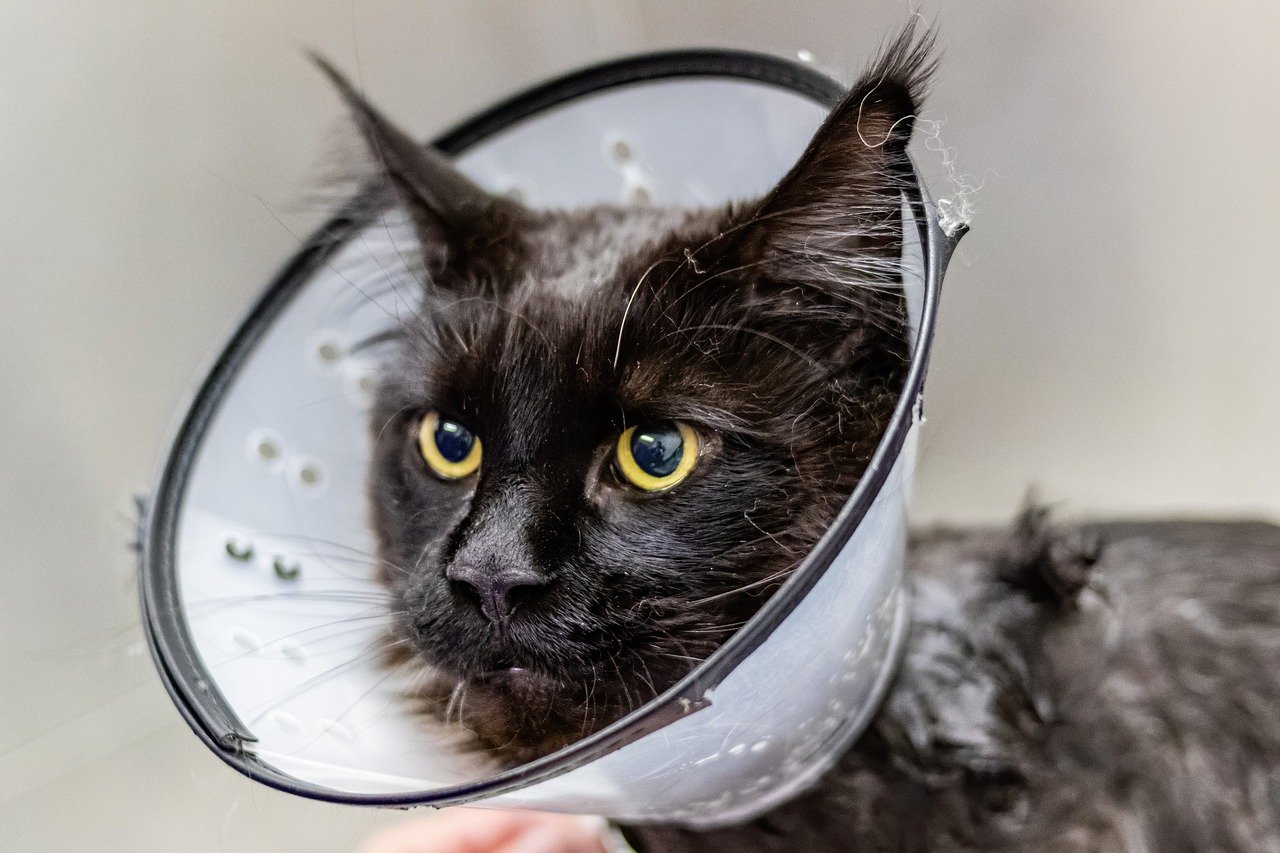
Grooming is a bonding activity in the feline world. Offering gentle grooming sessions can help rebuild your bond. Use a soft brush and approach your cat calmly. If your cat enjoys it, grooming can be a soothing, bonding experience. Always be gentle and stop if your cat shows signs of discomfort.
Spending Quality Time Together
Spending quality time with your cat is essential in rebuilding your bond. Whether it’s sitting quietly together or engaging in play, make sure to dedicate time each day to be with your cat. Your presence alone can be comforting and reassuring to your feline friend.
Using Calming Aids If Necessary
If your cat is particularly anxious, consider using calming aids. Products like pheromone diffusers or calming sprays can help reduce stress and anxiety in cats. These aids can create a more relaxed environment, making your cat more receptive to interaction.
Listening to Your Cat’s Needs
Every cat is unique, with their own preferences and needs. Pay attention to what your cat enjoys and what makes them uncomfortable. Listening to your cat’s needs and responding accordingly can help rebuild trust and strengthen your bond.
Patience Is Key
Rebuilding a bond with your cat requires patience. Progress might be slow, and there will be setbacks along the way. Stay patient and persistent, and remember that every small step forward is a victory. With time and effort, your relationship with your cat can be stronger than ever.
Seeking Professional Help If Needed
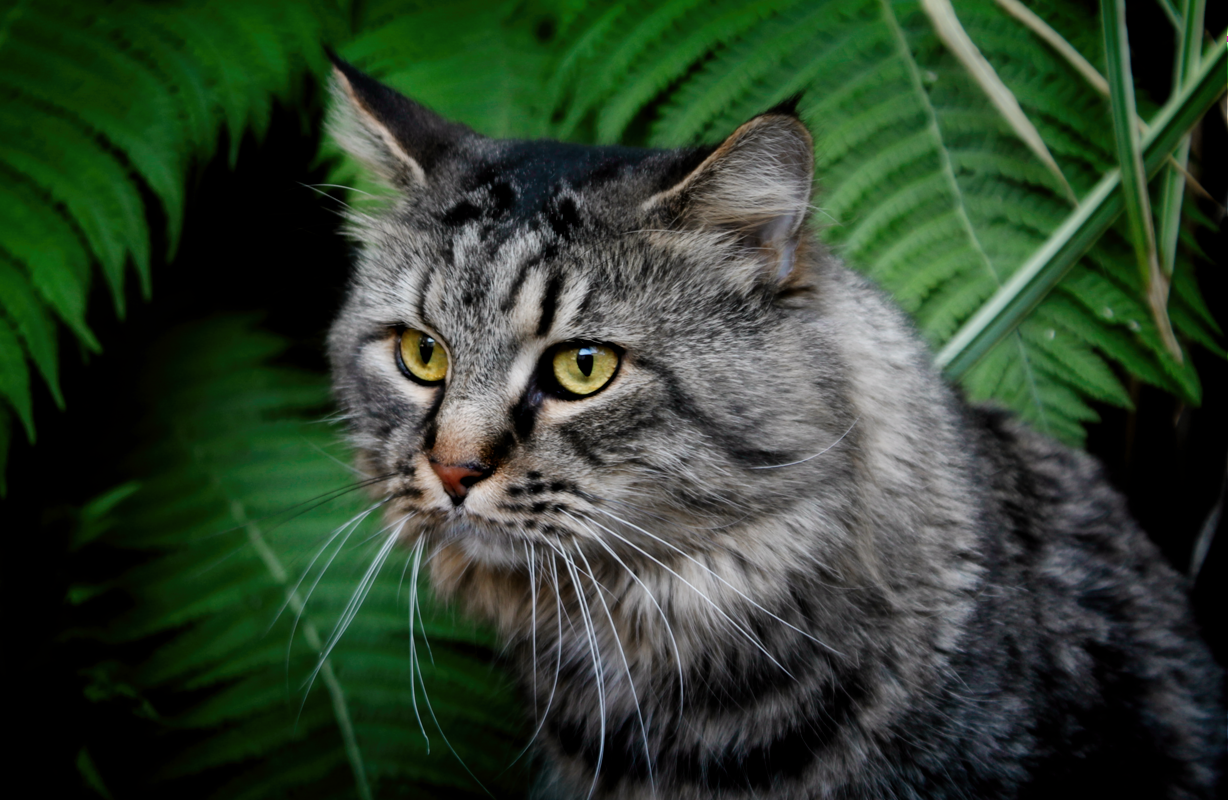
If you’re struggling to rebuild your bond, don’t hesitate to seek professional help. A veterinarian or animal behaviorist can provide valuable insights and guidance. They can help identify underlying issues and offer strategies to improve your relationship with your cat.
Emphasizing the Importance of Health Check-Ups
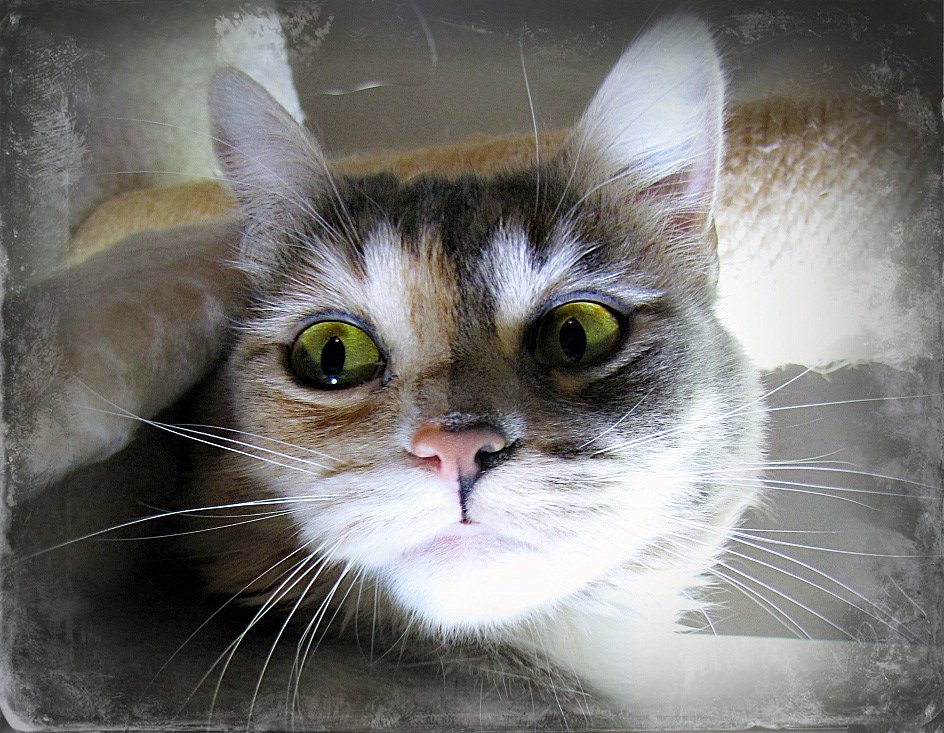
Regular health check-ups are crucial in ensuring that your cat is healthy and happy. Sometimes, behavioral changes can be linked to health issues. By keeping up with vet visits, you can catch potential problems early and address them promptly.
Building Trust Through Consistency

Trust is the foundation of any strong relationship. Be consistent in your interactions and care for your cat. Consistency builds trust, and a trusting cat is more likely to seek out your company and affection.
Understanding the Role of Scent
Scent plays a significant role in a cat’s world. Your cat might pull away if they sense unfamiliar or unpleasant scents. Use familiar scents, like your worn clothing, to create a comforting environment. This can help your cat feel more at ease and connected to you.
Celebrating Small Victories
Celebrate each small victory in your journey to rebuild your bond. Whether it’s a gentle head bump or a purr, these moments are signs of progress. Acknowledge and cherish these victories, as they are steps towards a stronger, more loving relationship with your cat.
Reflecting on Your Journey
Rebuilding a bond with your cat is a journey filled with ups and downs. Reflect on the progress you’ve made and the connection you’ve rebuilt. This reflection can provide motivation and insight for continuing to nurture your relationship with your feline friend.
In the end, rebuilding a bond with a cat that’s pulled away requires understanding, patience, and love. It’s a journey worth taking, as the rewards of a strong, loving relationship with your cat are immeasurable. Are you ready to embark on this journey and rekindle the magic with your feline friend?
Hi, I’m Bola, a passionate writer and creative strategist with a knack for crafting compelling content that educates, inspires, and connects. Over the years, I’ve honed my skills across various writing fields, including content creation, copywriting, online course development, and video scriptwriting.
When I’m not at my desk, you’ll find me exploring new ideas, reading books, or brainstorming creative ways to solve challenges. I believe that words have the power to transform, and I’m here to help you leverage that power for success.
Thanks for stopping by, Keep coming to this website to checkout new articles form me. You’d always love it!






